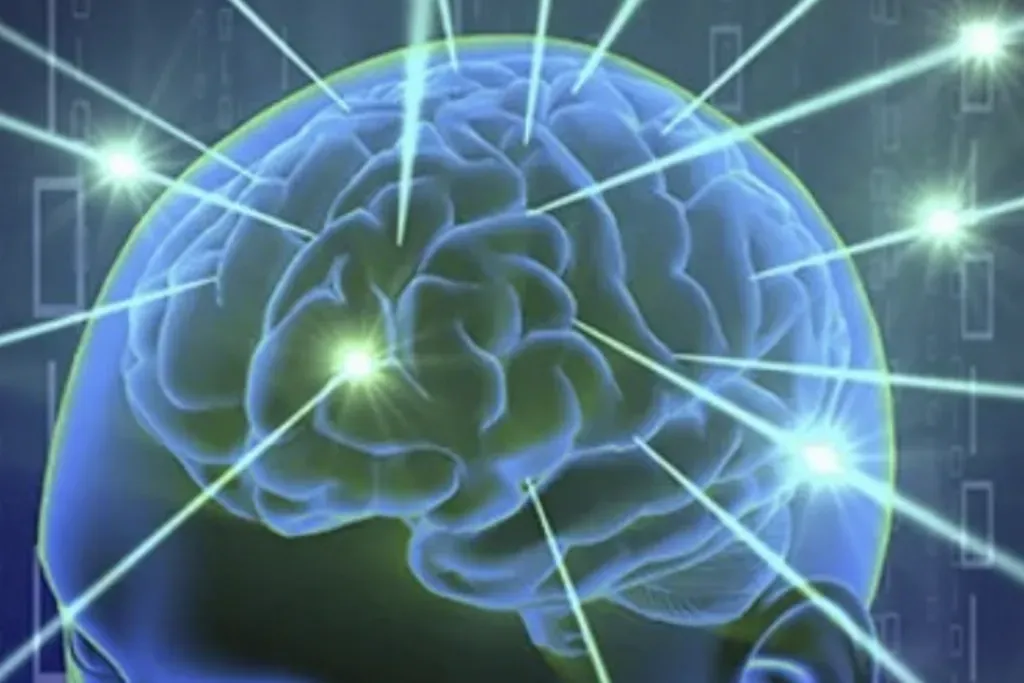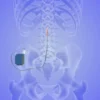Provided by: Healthline
Reflex sympathetic dystrophy (RSD) is a type of complex regional pain syndrome (CRPS). This condition occurs because of malfunctions in your sympathetic nervous system and immune system. RSD causes severe pain in one or more limbs that lasts months or longer.
In general, the condition develops after an injury or other medical condition. RSD can lead to many physical and emotional symptoms. A variety of treatments are available for RSD, and it’s important to get treated early to prevent worsening of your symptoms.
Symptoms
RSD occurs in the extremities. It most commonly affects the upper limbs, but it’s possible to get it in your lower limbs as well.
Symptoms include:
- stiffness
- discomfort
- pain or burning sensation
- swelling
- sensitivity to heat or cold
- weakness
- feeling warm to the touch
- skin redness
- skin paleness with a blue tone
- tenderness
- sweating around the affected area
- changes to the skin in the affected area
- muscle weakness
- muscle spasms
- muscle atrophy
- joint pain and stiffness
- nail and hair changes
Most symptoms begin at the site of the condition but may spread as RSD progresses. You may have symptoms on one side but notice them in your opposite limb as the condition worsens. Symptoms may begin as mild and then become more severe, interfering with your daily life.
Your mental health can also be affected with RSD. You may experience anxiety, depression, or post-traumatic stress disorder related to the condition.
Treatment- medical procedures
Interventions for RSD include:
- transcutaneous electrical nerve stimulation
- biofeedback
- peripheral nerve blocks
- spinal cord stimulation
- pump implantation
- sympathectomy, either chemical or surgical, which destroys some of your sympathetic nerves
- deep brain stimulation
- intrathecal (in the spine) drug pumps
- electroacupuncture
Click on Advanced Spine and Pain to request a consultation.





